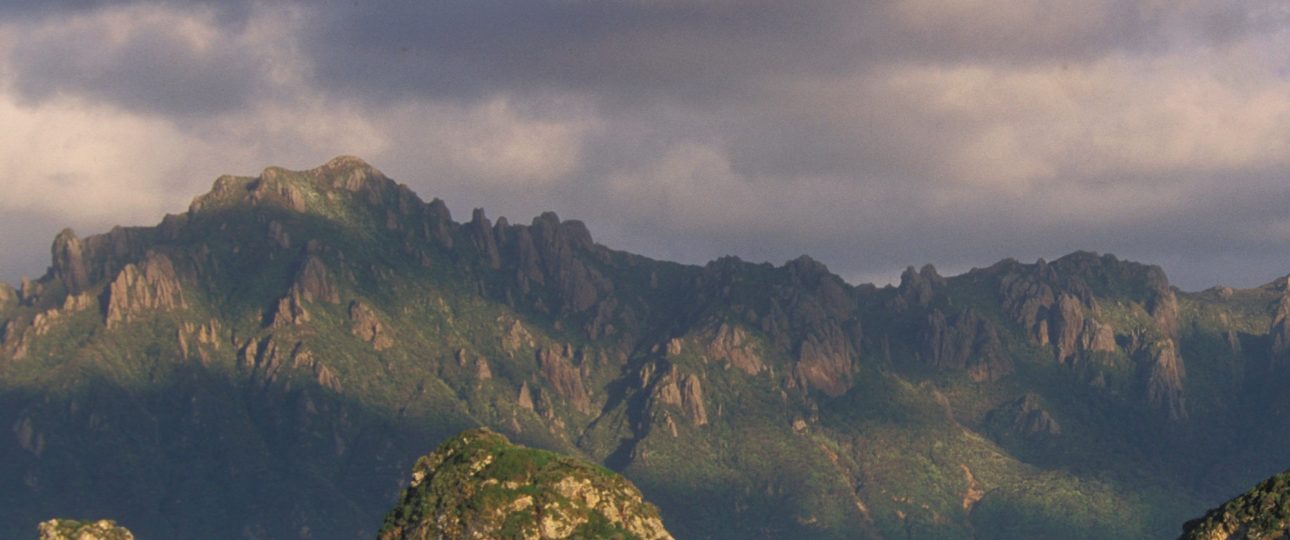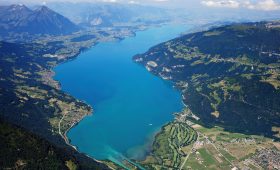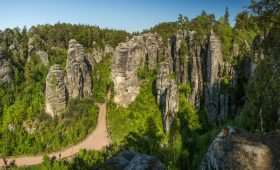Exploring Stewart Island, New Zealand
About Stewart Island
Stewart Island, known as Rakiura in Māori, is New Zealand’s third-largest island, located about 30 kilometers south of the South Island. Despite its proximity, it feels like a world apart, offering a serene escape with its lush native forests and rugged coastlines. The island spans 64 kilometers in length and 40 kilometers at its widest point, with a coastline stretching 700 kilometers. Most of the island’s 400 residents live in the village of Oban, the island’s only settlement, which is also known as Halfmoon Bay.
The Unique Charm of Stewart Island
Stewart Island’s charm lies in its untouched wilderness and vibrant wildlife. The island is largely covered by native forest, providing a sanctuary for birdlife and a haven for hikers. The terrain is rugged, composed of ancient granite, and the beaches vary from black iron sands to golden hues. The island’s isolation has preserved its natural beauty, making it a unique destination for those seeking tranquility and adventure.
Nature at its Finest
Rakiura National Park covers about 85% of Stewart Island, offering a pristine environment for outdoor activities. Hiking, known locally as tramping, is a popular pursuit, with trails ranging from short walks to multi-day treks. The park’s diverse ecosystems include dense forests, wetlands, and coastal areas. Paterson Inlet, a large body of water that nearly bisects the island, is ideal for boating and fishing.
Wildlife Encounters
Stewart Island is a birdwatcher’s paradise. The island’s forests are alive with the sounds of native birds like the kaka, tui, and bellbird. The kiwi, New Zealand’s national bird, is more commonly seen here than anywhere else in the country. Offshore, you might spot albatross, petrels, and penguins, including the rare yellow-eyed penguin. Guided tours offer the best chance to see these creatures in their natural habitat.
A Cultural Journey
Stewart Island has a rich cultural tapestry woven from both Māori and European influences. The Rakiura Museum in Oban provides insights into the island’s history, including its early Māori inhabitants and European settlers. The village itself features charming colonial architecture, reflecting its European heritage. This blend of cultures creates a unique atmosphere that enriches the island experience.
Best Time to Visit
The ideal time to visit Stewart Island is during the summer months, from December to February, when the weather is milder and daylight hours are longer. However, the island’s climate is mild year-round, with frequent rain that sustains its lush rainforests. Be prepared for changing weather conditions by packing layers.
How to Get There
Accessing Stewart Island involves crossing the Foveaux Strait. The most common route is via a ferry from Bluff, which takes about an hour. Alternatively, Stewart Island Flights offers a 20-minute flight from Invercargill. Both options provide stunning views of the surrounding landscapes.
Local Transportation
Once on the island, transportation is straightforward. With only 20 kilometers of roads around Oban, walking and cycling are the primary modes of getting around. Bicycles can be rented in Oban, and for those looking to explore further, water taxis and charter boats are available for hire. The island’s compact size and well-maintained tracks make it easy to explore on foot.




